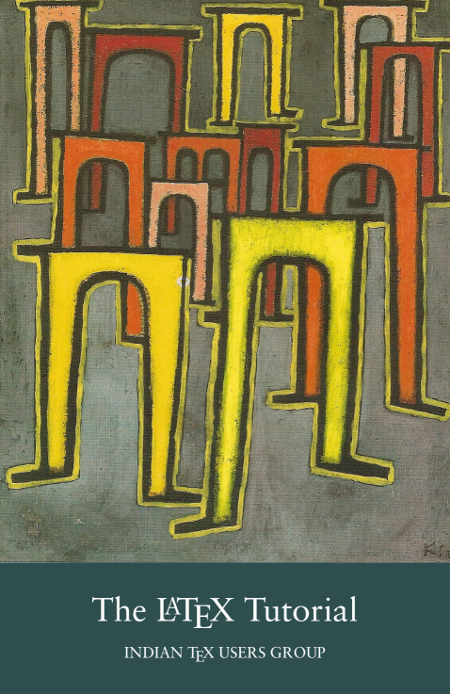 The LaTeX Tutorial — A Primer was published by the Indian TeX Users Group in 2002. The intended audience were the novice users of LaTeX, particularly the students and researchers who’re disgruntled with the wordprocessors (which promise a lot with dismal delivery!). The tutorial has been very popular among this community. However, the book is not without shortcomings by way of typos, errors in the verbatim code listings and lack of a comprehensive index. Since the Indian TeX Users Group is now non-functional, Sayahna Foundation has taken up the publication of this valued documentation and released this second edition.
The LaTeX Tutorial — A Primer was published by the Indian TeX Users Group in 2002. The intended audience were the novice users of LaTeX, particularly the students and researchers who’re disgruntled with the wordprocessors (which promise a lot with dismal delivery!). The tutorial has been very popular among this community. However, the book is not without shortcomings by way of typos, errors in the verbatim code listings and lack of a comprehensive index. Since the Indian TeX Users Group is now non-functional, Sayahna Foundation has taken up the publication of this valued documentation and released this second edition.
It is only a pre-release version 1 for the user community to go through the book and suggest further modifications, corrections, etc. Many persons have contributed to this volume, but notable among them is Dr E Krishnan, an ardent free software and math education activist who served as the chief editor of the book.
Apart from fixing all problems including the reported ones, the chapter on boxes has been revised, so also a new chapter on graphics inclusion has been added as the replacement of the very basic original content about the topic in the floats chapter of previous edition. An exhaustive index has also been added.
A release candidate version 2 is also planned which will happen on the last week of February 2020 with two more chapters added (i) how to write a thesis or dissertation using LaTeX and (ii) typesetting documents with Indic scripts with special reference to Malayalam script. Readers are also requested to contribute to this volume if they can.
Download link: http://books.sayahna.org/en/pdf/primer-2.rc1.pdf

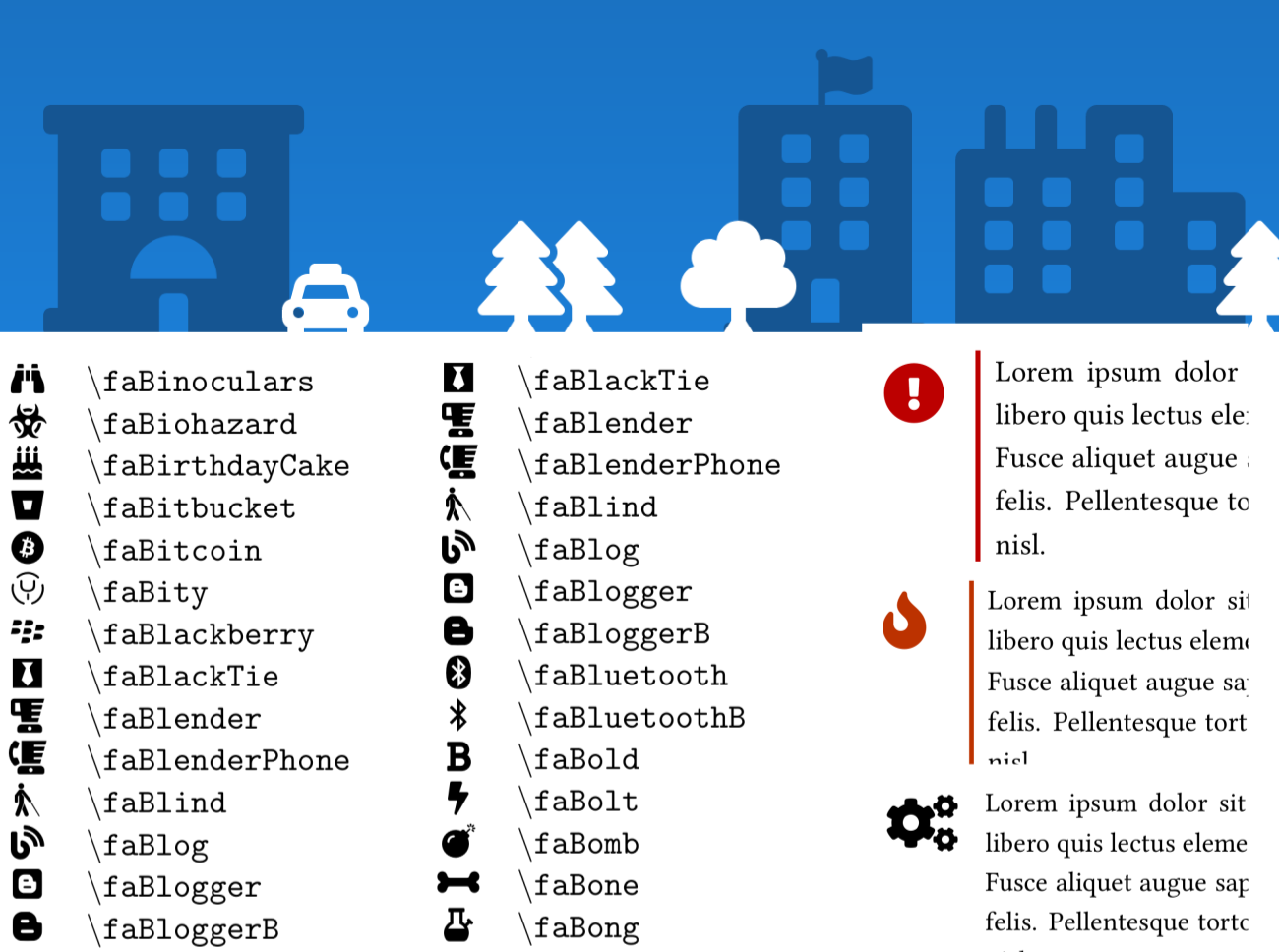
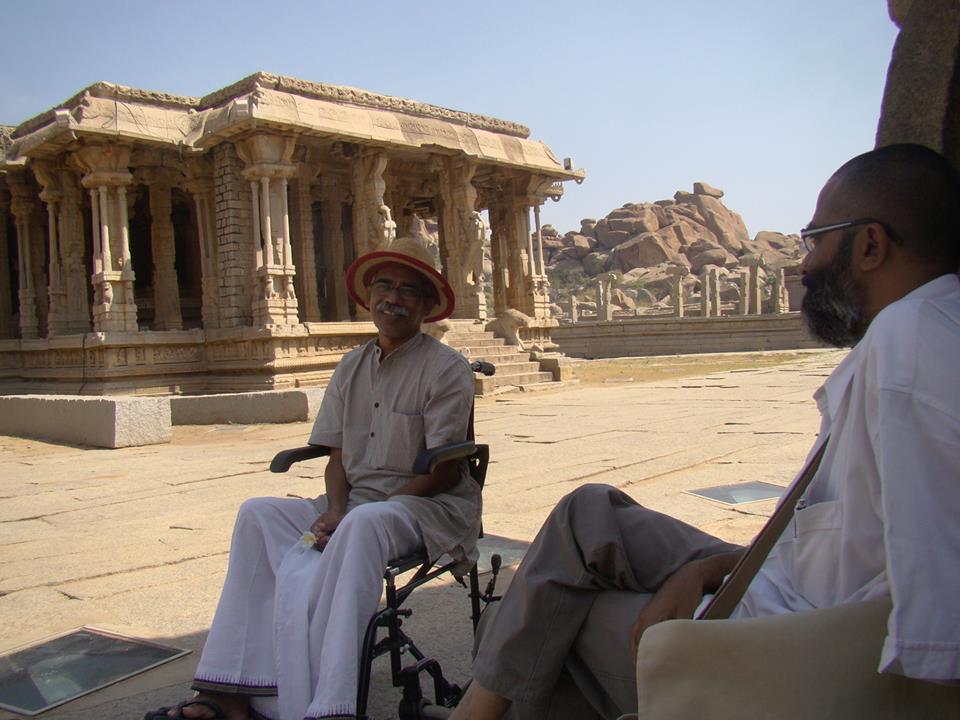
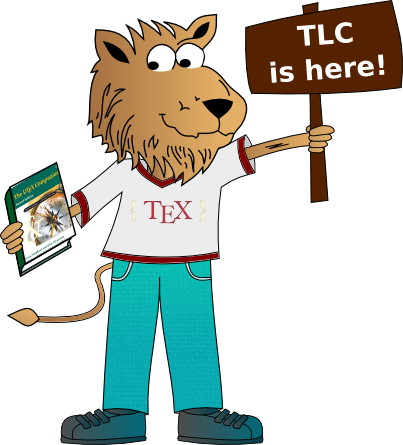
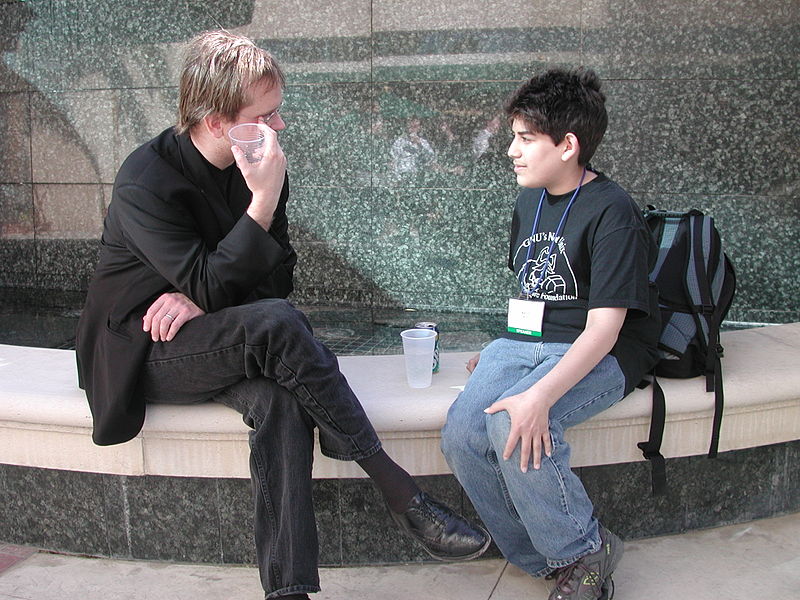
Recent Comments